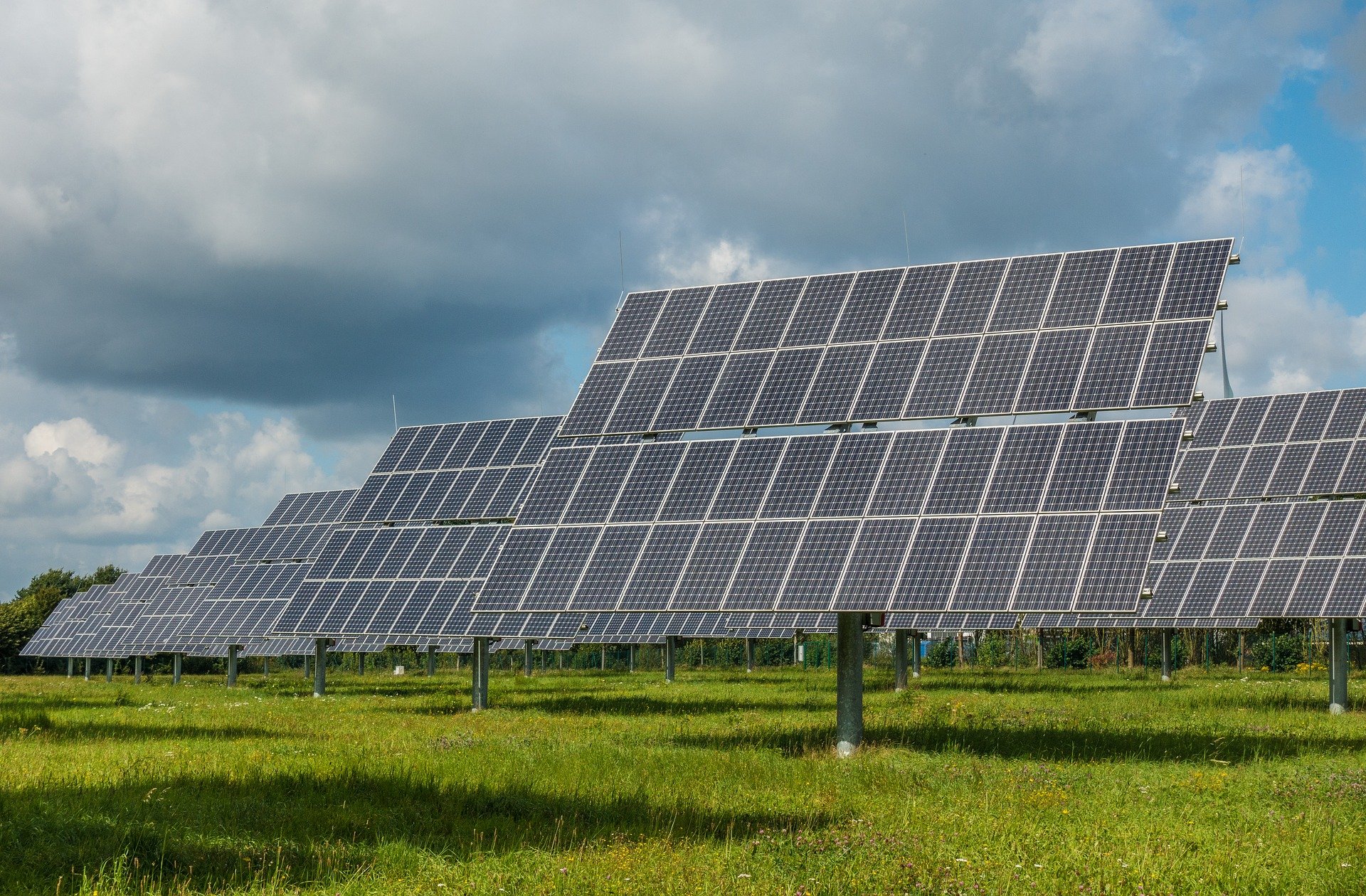Waving the flag for graphene
What impact will graphene have on daily life? Vincenzo Palermo, vice director of the Graphene Flagship looks at some current sustainability projects.
Pursuing sustainability through scientific excellence has been at the heart of the Graphene Flagship since its inception. The EU-funded research initiative aims to lead the way by focusing on energy efficiency, the replacement of rare materials by common ones, and ensuring its research is environmentally compatible. It has recently linked its efforts to the United Nations’ 17 sustainable development goals (SDGs) to find new, disruptive ways graphene technology can help Europe become more sustainable.
At the heart of the European Green Deal is the pledge to be climate-neutral by 2050. There are two projects – energy storage for electric vehicles (EVs) and solar energy generation – which promise significant impact on environmental challenges, says the research consortium.
Energy storage for EVs
The UN’s SDG 13, climate action, looks at ways that countries, organisations and individuals can mitigate the effects of climate change. The EU has pledged to see at least 40% cuts in greenhouse gas emissions, from 1990 levels, and at least a 32.5% improvement in energy efficiency by 2030.
Transport accounts for almost a quarter of the EU’s greenhouse gas emissions, and the European Green Deal is seeking a 90% reduction in this by 2050. One of the ways to achieve this is through EVs; by 2025, around 13 million zero- and low-emission vehicles are expected to be on Europe’s roads.
 However, while they offer a reduction in emissions, electric vehicles do have drawbacks. Charging, range and cost are just some of the concerns regarding EV batteries. Improvements in energy storage technology will be necessary to achieve the EU’s goals for transport emissions and energy efficiency.
However, while they offer a reduction in emissions, electric vehicles do have drawbacks. Charging, range and cost are just some of the concerns regarding EV batteries. Improvements in energy storage technology will be necessary to achieve the EU’s goals for transport emissions and energy efficiency.
The Graphene Enabled High-Energy Batteries for Automotive Applications (GreenBAT) project aims to improve battery technology for EVs. Among the partners in the project are Varta Microbattery, BeDimensional and Varta Micro Innovation who are developing battery technology based on a patented graphene fabrication and silicon graphene compounding process.
Battery technology
Currently, lithium ion battery technology is the most mature and flexible system. The introduction of nickel-rich cathodes and silicon composites will represent the next generation of lithium ion batteries. Graphene, or more specifically layered graphene, improves cyclability, leading to an overall energy increase of 25% when used in silicon-dominant anodes.
Another roadblock to sustainability is that the manufacturing process for EVs generates more emissions than producing internal combustion engines, mainly due to the production of batteries and battery materials. Graphene Flagship partners are also researching improving lithium ion battery production and creating a circular economy for batteries.
While EVs and more efficient energy storage present a way to reduce greenhouse gas emissions for the transport sector, this is only a real saving if the energy used to power them is generated sustainably.
Solar energy generation
By 2030, the EU aims to see at least a 32% share for renewable energy in Europe’s energy mix. Efficient solar power generation will be necessary to meet this target. Mainstream silicon solar technology however, is reaching the limit of its economic and practical photovoltaic efficiency. Perovskite solar cells (PSCs) are widely predicted to offer better performance than silicon counterparts but they are infamously unstable, which is where graphene comes in.
Graphene Flagship spearhead project GRAPES aims to make cost-effective, stable graphene-enabled perovskite panels. It is aligned with SDG 7, for clean and affordable energy. Participants include Greatcell Solar, BeDimensional and Siemens who are introducing graphene and related materials (GRM) based layered technology to boost the performance and stability of perovskite cells. The end goal is to use the graphene-enabled perovskite cells in functional perovskite panels, tested in the field.
Another GRAPES partner is ENEL Green Power. This Italian company holds the world record power conversion efficiency (PCE) for a silicon hetero-junction cell (24.63%) but believes graphene will help it beat that.
Layering cells
By using GRMs as interlayers in tandem cells that combine PSCs and silicon cells, ENEL Green Power and Graphene Flagship partners have reached record stability and efficiency, demonstrating a PCE increase of 9% for GRM-based perovskite-silicon tandem cells, as opposed to tandem cells without GRMs.
As well as taking advantage of the transparency and stability of graphene in the interlayers of the solar cell, a highly conductive graphene-based paste will be used in the back contact and metal front grid, replacing expensive and finite metals such as silver.
It is hoped that GRAPES will play an essential role in improving Europe’s uptake of solar energy projects and meeting its environmental targets, particularly by improving the stability and efficiency of solar cell technology when deployed on a large scale.
(Additional reporting by Caroline Hayes)


